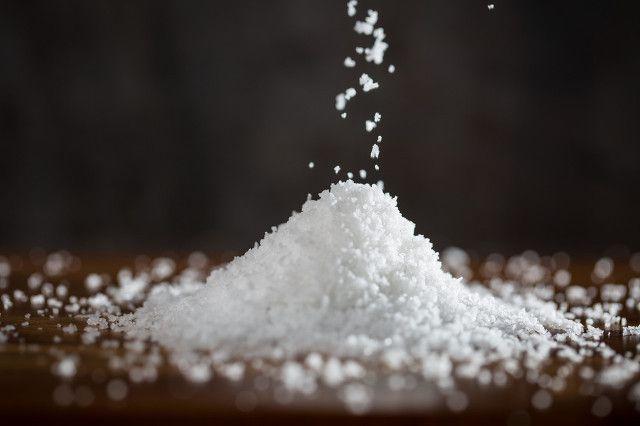Beautiful Plants For Your Interior

Introduction: Salt is an essential ingredient in our daily lives, enhancing the flavors of our food and providing vital minerals. However, not all salts are created equal. Rock salt and sea salt are two popular varieties that differ in their origins and composition. Additionally, the global marine environment faces the threat of nuclear pollution, which has far-reaching consequences. In this article, we will explore the differences between rock salt and sea salt, while also shedding light on the current state of nuclear pollution in our oceans.
Rock Salt: Rock salt, also known as halite, is a mineral that forms from the evaporation of ancient saltwater bodies. It is typically mined from underground salt deposits, often found in large underground salt mines. Rock salt is primarily composed of sodium chloride, along with trace minerals such as calcium, potassium, and magnesium. Due to its mineral content, rock salt is often less refined than sea salt, retaining a slightly coarse texture and a distinct flavor.
Sea Salt: Sea salt, as the name suggests, is derived from the evaporation of seawater. It is harvested through a process called solar evaporation, where seawater is collected in shallow pools and left to evaporate under the sun. This method allows the salt to retain its natural minerals, resulting in a more complex flavor profile compared to rock salt. Sea salt contains various minerals, including sodium chloride, magnesium, calcium, and potassium, among others. The texture of sea salt can range from fine to coarse, depending on the harvesting process.
Nuclear Pollution and Marine Environments: The marine environment is facing a significant threat from nuclear pollution, primarily due to accidents, nuclear weapon testing, and the improper disposal of radioactive waste. Radioactive substances released into the oceans can have severe consequences for marine life and ecosystems. These substances can bioaccumulate in the food chain, leading to long-term health risks for both marine organisms and humans who consume contaminated seafood.
The impact of nuclear pollution on marine environments includes:
- Contamination of Water: Radioactive isotopes can contaminate seawater, affecting the overall quality and safety of marine ecosystems. This contamination can persist for extended periods, causing harm to marine life and disrupting the delicate balance of the ecosystem.
- Genetic Mutations: Exposure to nuclear radiation can lead to genetic mutations in marine organisms, affecting their reproductive capabilities and overall survival. These mutations can have cascading effects on the entire ecosystem.
- Bioaccumulation: Radioactive substances can accumulate in the tissues of marine organisms, particularly in species higher up the food chain. This bioaccumulation can result in higher concentrations of radioactive materials in larger predatory fish, posing a risk to human health when consumed.
- Ecosystem Disruption: Nuclear pollution can disrupt marine ecosystems by damaging coral reefs, seagrass beds, and other critical habitats. This disruption can lead to a loss of biodiversity and negatively impact the overall health of the oceans.
Conclusion: Understanding the differences between rock salt and sea salt allows us to make informed choices about the type of salt we consume. While both varieties have their unique characteristics, sea salt often retains more minerals and offers a more complex flavor profile. However, it is crucial to be aware of the current state of nuclear pollution in our marine environments. Efforts must be made to prevent further contamination and protect the delicate balance of our oceans. By promoting sustainable practices and responsible waste management, we can work towards safeguarding our marine ecosystems for future generations.
